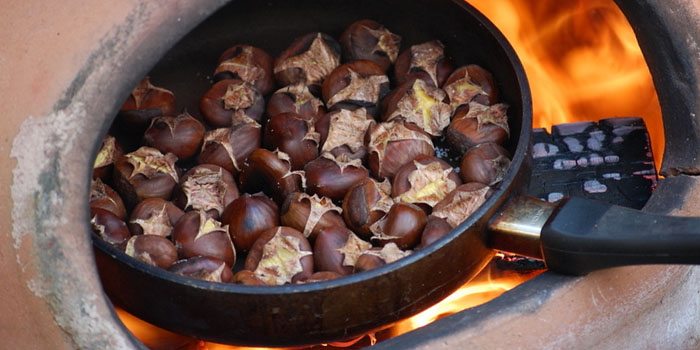

I was pleasantly surprised to find the Singapore method of teaching math being recommended last week by a government panel looking into elementary mathematics instruction in this country.
The National Mathematics
Advisory Panel’s Final Report to the President of the
United States and the Secretary of Education found that most American schools expect teachers to cover so many math topics from pre-K through eighth grade that students arrive in middle school without the basics to tackle algebra. And the need for algebra, they found,
[goes] far beyond those in our society who will become scientists or engineers. … A strong grounding in high school mathematics through Algebra II or higher correlates powerfully with access to college, graduation from college, and earning in the top quartile of income from employment.
I started my kids on Singapore Math in fourth grade. I loved the books because they were so low-key and focused — and they encouraged students to try several different approaches, rather than memorize one method and applying it blindly.
(Before that, we used a series called Miquon, an even more basic series which use
Cuisinaire rods, a set of multi-sized, multi-colored manipulatives which made explaining multiplication a breeze.) Both these series are cheap, workbook-sized paperbacks, that kids can pretty much use to teach themselves. (Interestingly, some stories about Singapore Math say it requires too much teacher training to use, yet homeschoolers without any training at all have been using it successfully for years.)
Learning basic facts is key, this new study says. In Singapore, some children still learn to add and subtract on the abacus. We used Edward Barinque’s directions for building a popsicle-stick abacus at home, and now I teach it to gifted students in the public schools. (But we make them Japanese-style, with 4 "earth" beads and 1 "heaven" bead.) Make yourself some and then go to Abacus: The Art of Calculating with Beads to find out how to use them.
Kathy Ceceri writes about DIY chemistry projects at Home Chemistry.

